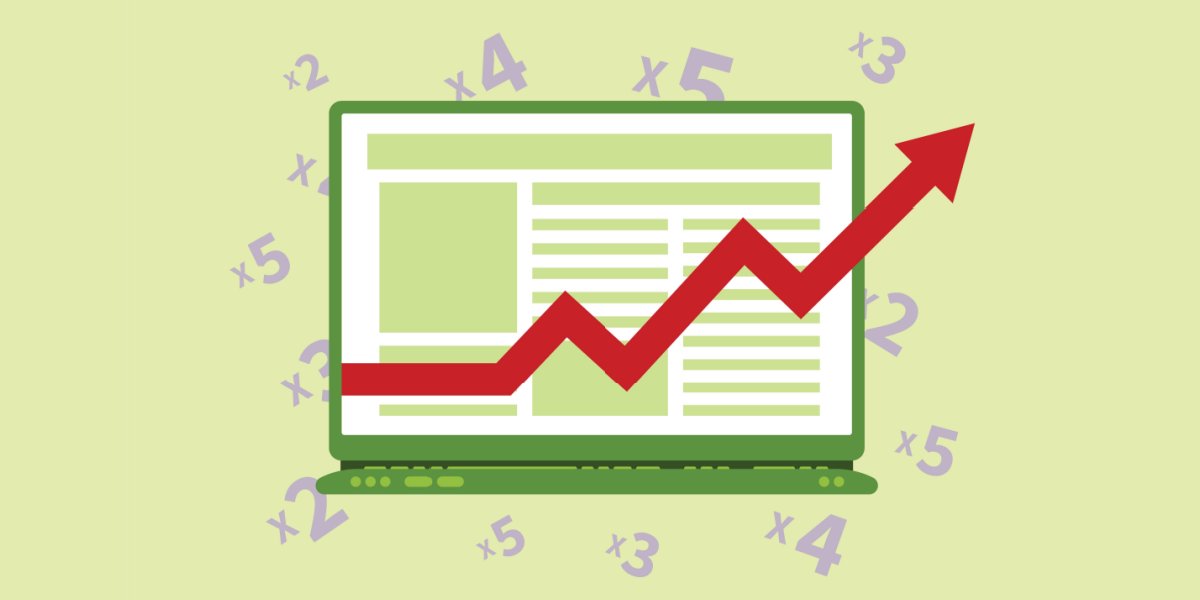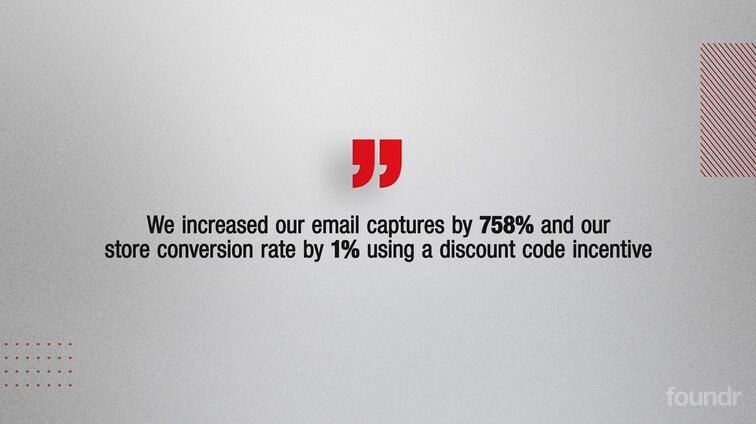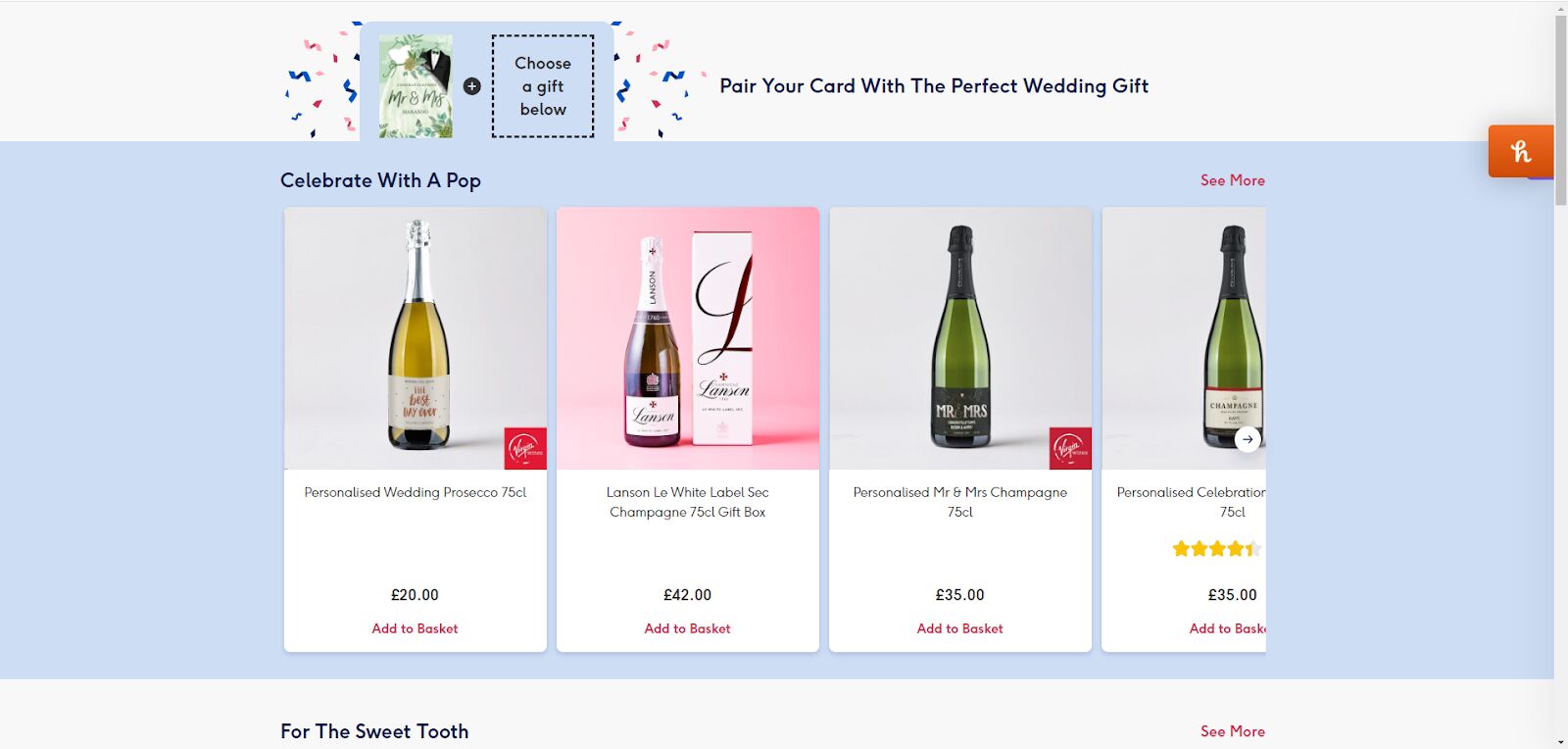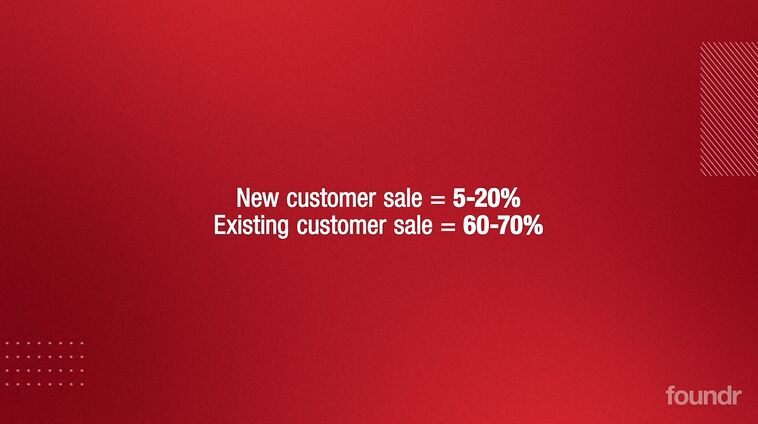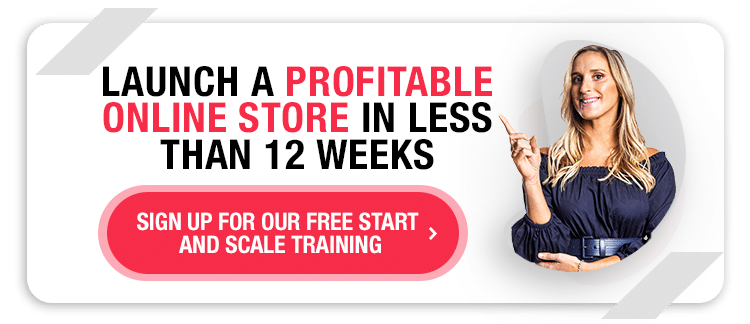You’ve created your dream Shopify store.
You’ve poured your heart and soul into product testing, and your products are on your website, accompanied by stunning imagery, well-crafted copy, and the ideal template for your brand.
You sit back, proud of your achievements, excited to see what site visitors think.
Only one small issue–there aren’t any.
Whether you’ve set up a new business and you’re trying to get your customer base off the ground, or you’ve been in business for some time and want to take your brand to the next level, we’ve pulled together several proven strategies to increase your Shopify sales.
Let’s dive straight in.
Table of Contents
Why Your Online Store Is Underperforming
Before we dive into the solutions, it’s probably worth spending a little time searching for the problem.
- A lack of traffic: No traffic equals no sales. You can have the best website and product in the world, but if you can’t attract customers, no sales will be made! This is a common issue for a new online store that lacks a loyal following.
- A lack of trust: According to a recent study from the Baymard Institute, 18% of customers will abandon a purchase right before completion due to fears over the trustworthiness of the website.
- A lack of content: Regardless of your industry, content (social media, website articles, PR) highlights how your product or service can help improve your customer’s lives. It also builds trust and creates more avenues for people to discover your brand through organic traffic.
- A lack of USP (unique selling position): Customers love a story and are much likelier to purchase from you if they have a clear idea of what makes your brand unique. A lack of enticing offers: We’re not asking you to slash prices and take a loss, but a little discount here or there is a great way to get potential customers over the line. You also need a clear pricing model that fits within your industry and your brand goals.
Fortunately, most issues boil down to common practices that can easily be worked on and improved with the strategies we’ve outlined for you below.
Now, I can’t promise you that following these strategies will turn you into the next Jeff Bezos, but I can say that consistency and quality products will help you take your business forward.
Don’t Skip: How to Set Up a Shopify Store in 8 Easy Steps
11 Ways to Increase Sales on Shopify
If your brand fits into one of the above issues, fear not. The solutions below will help get you on the right track!
If your issues aren’t listed above, these steps will still help get your Shopify Store in a strong position when (not if) problems occur.
1. Unintrusive onsite popups
No one likes their customer experience to be disrupted by irritating pop-ups at inopportune moments. In fact, if you get this tactic wrong, it can actually lead to more abandoned baskets than before!
But, with the right popup showing at the right time, you can convince potential customers to stay and check out, or at the very least, provide you with their details for a sale in the future.
When setting up a website popup on Shopify, you can time when and where it appears and which site visitors to show it to. One of the best simple options to try is a popup that appears as the potential customer moves their mouse away from your website to the top of the screen (called exit-intent popups), this action often proceeds with them closing your website or changing tabs.
5x ecommerce founder Gretta van Riel recommends using Just Uno for your Shopify popups, as it integrates seamlessly and offers plenty of modification options to suit your requirements.
Here, you can provide a pop-up offer, such as 10% off, either on a specific product or even for them to register for your newsletter so that you can market to them again in the future.
As Gretta explains in our ecommerce course Start & Scale, her brand Skinny Me Tea gained a significant amount of email followers using well-placed popups on her site.
2. Develop an email list
Which brings us nicely to the second thing that you can do to increase sales.
The importance of building up an engaged email list cannot be understated. First-time visitors to your ecommerce store aren’t likely to make a purchase. Perhaps they don’t currently have the money, or maybe they are not yet confident in your brand.
Across all of Gretta’s multi-million dollar brands, between 30-40% of all sales come from email marketing communications.
Whatever the case, you need to try to get their email address at all costs during their visit, as this will allow you to target them with targeted email marketing campaigns to warm them up to purchase.
An incentive-based pop is always a great option, as is featuring an opt-in as part of your footer on every page.
At Foundr, we also offer free masterclasses for this very reason, as it provides new website visitors with information to become more confident about what we offer while gaining their contact details in return.
3. Upsell existing customers
Whilst you should certainly be putting plenty of effort into sourcing new customers for your growing brand, it’s also important to consider how you can upsell to those loyal customers who are already willing to purchase from you.
Brands like Moonpig do this fantastically. What started as a card company for a variety of special dates, such as birthdays and moving, turned into a one-stop shop, from flowers to teddy bears and everything in between.
Once you add a new card to your basket and proceed to checkout, you are hit with additional related products that you might want to consider. The point of these upsells is to save you the hassle of shopping somewhere else.
This approach hits customers right at the point of purchase, without breaking the process they are already embarking on, and is an easy way to increase average order value without having to fulfill more orders.
4. Optimize your online Shopify store for mobile
Gone are the days when PC and laptop shopping ruled the roost. Now, almost 4 out of 5 sales occur via mobile phones, which is why optimizing your store for mobile is non-negotiable.
Fortunately, most Shopify themes are aware of this, and it shouldn’t take much effort or complex coding to ensure your web store is mobile-friendly.
Pro Tip: Always double-check your phone after you add a new product listing or page on your Shopify site to ensure it’s mobile-friendly.
5. Improve your navigation
Poor functionality is one of the main drivers of website exits. Such is the quality of other websites; there is no excuse for having a poor, slow, or outdated website where customers struggle to find what they’re looking for quickly and easily.
Not only will this lead to visitors leaving your website early, but it will also impact your SEO efforts, as Google will see this high turnover and stop promoting your website.
Simple things such as a clear navigation menu to each category are a must, along with other obvious links to your most important pages.
6. Test and learn, and then test again
Even on your most successful products or conversion funnels, you should always be performing some form of testing and then using that learning across your website.
For example, you might have decent success on your product pages with a “Buy Now” CTA, but have you tested it against “Learn More”? What about “Click to Purchase”? Or even “Do it you know you want to”?
The reality is that without testing it, you will never know what works best. Once you notice one of these options works better, you can implement that change across your website for sweeping improvements.
7. Build loyalty
Similar to upselling existing customers, getting customers to make repeat purchases and improving customer loyalty are crucial for long-term success.
There will always be a limited number of people who fall into your target audience, and even if that figure is high, you’ll be amazed at how quickly you run through them if they aren’t making repeat purchases.
As Gretta explains in the Start & Scale course, the probability of selling to a new customer sits between 5 and 20%, whereas the probability of selling to an existing customer is more like 60-70%.
Setting up a customer loyalty program or community page for your brand is a great way to prevent this and ensure your best customers purchase frequently and speak positively about your brand.
Learn More: Why Trinny Woodall Still Replies to Customer DMs
8. Promote referrals
Even for digitally-focused businesses, word of mouth continues to be the most effective way of increasing your audience.
Sure, you can tell everyone you’re great, but that’s what you’re expected to say. It is literally your job to be your number one cheerleader.
But when someone hears that from their friend, that opinion is significantly more effective. Therefore, referrals should be a top priority for your company; perhaps running social media marketing campaigns that reflect this form of promotion, maybe through UGC (user-generated content) or influencer marketing, or even running a monthly referral prize on your website for all customers.
Learn More: BURST Oral Care’s Founder Shares Her Ambassador Strategy
9. Add a live chat
Finally, one way to ensure that fewer people drop off your site due to being confused or getting lost is to install a live chat feature. You can even opt for one that offers AI-generated replies to lower the burden on you or your team.
This addition allows you to answer queries in real-time, making them more likely to continue on and make a purchase.
10. Get physical with your customers
Okay, I’m not talking about getting your hands on your target audience and shaking them until the change falls out of their pockets like a high-school bully (plus, who carries cash these days?).
What I’m talking about here is taking advantage of local in-person opportunities to promote your product. While opening a physical store is often far too expensive and often not a financially smart decision in today’s economy, that doesn’t mean there aren’t some benefits to looking into potential local pop-ups that your target audience will attend.
Your product may not be specifically tailored for a local audience, but by generating interest in the local area, you can start sowing the seeds of a loyal customer base that will share your product with others and show the Google algorithm that you should be ranked higher in your niche, all of which will lead to further online store sales.
Pop-up space at local markets and fairs tends to be relatively cheap and can also be a fantastic way to connect with other small local businesses that you may benefit from collaborating with further down the line.
11. Offer free shipping
Customer purchase behavior is always evolving. While people still value in-person connections with brands, they are more comfortable consistently buying online.
But with that adoption has come higher expectations in regard to shopping. While it can be near impossible to try and compete with the likes of Amazon, who offer next-day delivery on almost everything, you can entice potential customers by offering free shipping.
Now I know what you might be thinking. This approach directly cuts into your profit margins, which may already be tight due to competitive pricing. However, they only cut into your margins if you don’t factor them in as part of the price of your product, which is something that Gretta suggests as part of the Start & Scale course.
This approach also helps manage price expectations from the customer’s perspective. Put yourself in their shoes. They see a product at $20 and click add to basket. At this point in time, they have decided that the product is worth $20, and that is the price they are willing to pay for it.
So, it is easy to see why some potential customers will end up abandoning their cart when they see the product is now $25 due to shipping.
By placing that cost within your margins, you will see your conversion rates drastically improve. Let’s revisit the scenario with free shipping included. The customer sees the product is $25. They click through, are happy to pay that price for that product, and continue to check out with no further fees acting as barriers.
Sure, some customers who were willing to pay $20 won’t be willing to pay $25, but that figure will be much lower than those who abandoned their cart in version one.
Keep Learning: The 10 Best Shopify Apps to Scale Your Store
Now That You’ve Started, It’s Time To Scale
Now you’ve started to get your foundations in place, it’s time to scale your business and take it to the next level.
Fortunately for you, our Start & Scale course can help you do just that. With the help of Gretta’s System, you can build a 7-figure brand faster, cheaper, and easier.
The post 11 Proven Strategies to Increase Shopify Sales appeared first on Foundr.
